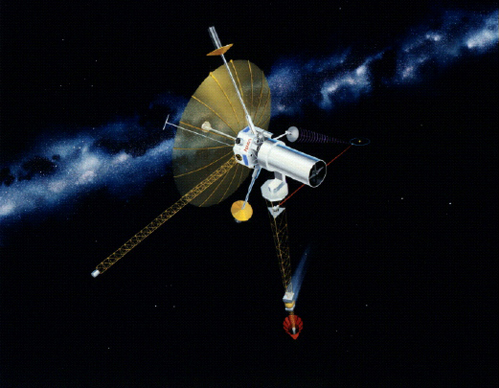The Oort Cloud is a hypothetical cloud of comets and other icy bodies that is thought to surround the Sun at a distance of up to 100,000 astronomical units (AU) or more. It is named after Dutch astronomer Jan Oort, who first proposed its existence in 1950 based on observations of long-period comets.
The Oort Cloud is believed to be a spherical cloud of icy debris that extends from the outer reaches of the Solar System to about one-third of the distance to the nearest star, Proxima Centauri. It is thought to be composed of a mix of small icy bodies, such as comets and planetesimals, and larger icy objects, some of which may be as big as dwarf planets.
The Oort Cloud is believed to have formed from the leftover material from the formation of the Solar System about 4.6 billion years ago. These icy bodies were thought to have formed in the outer reaches of the Solar System and were then ejected to the Oort Cloud by the gravitational influence of the giant planets, Jupiter, Saturn, Uranus, and Neptune.
The Oort Cloud is believed to be the source of long-period comets, which have highly elliptical orbits that take them from the farthest reaches of the Solar System to close to the Sun. When a long-period comet enters the inner Solar System, it heats up and the ice sublimates, producing a coma and tail that can be visible from Earth.
While there is no direct evidence for the existence of the Oort Cloud, its existence is inferred from the orbits of long-period comets, which suggest that they originate from a distant, spherical cloud of icy bodies. The study of the Oort Cloud is an active area of research in astronomy and planetary science, with ongoing efforts to detect and study objects within it using ground-based telescopes and space probes.

